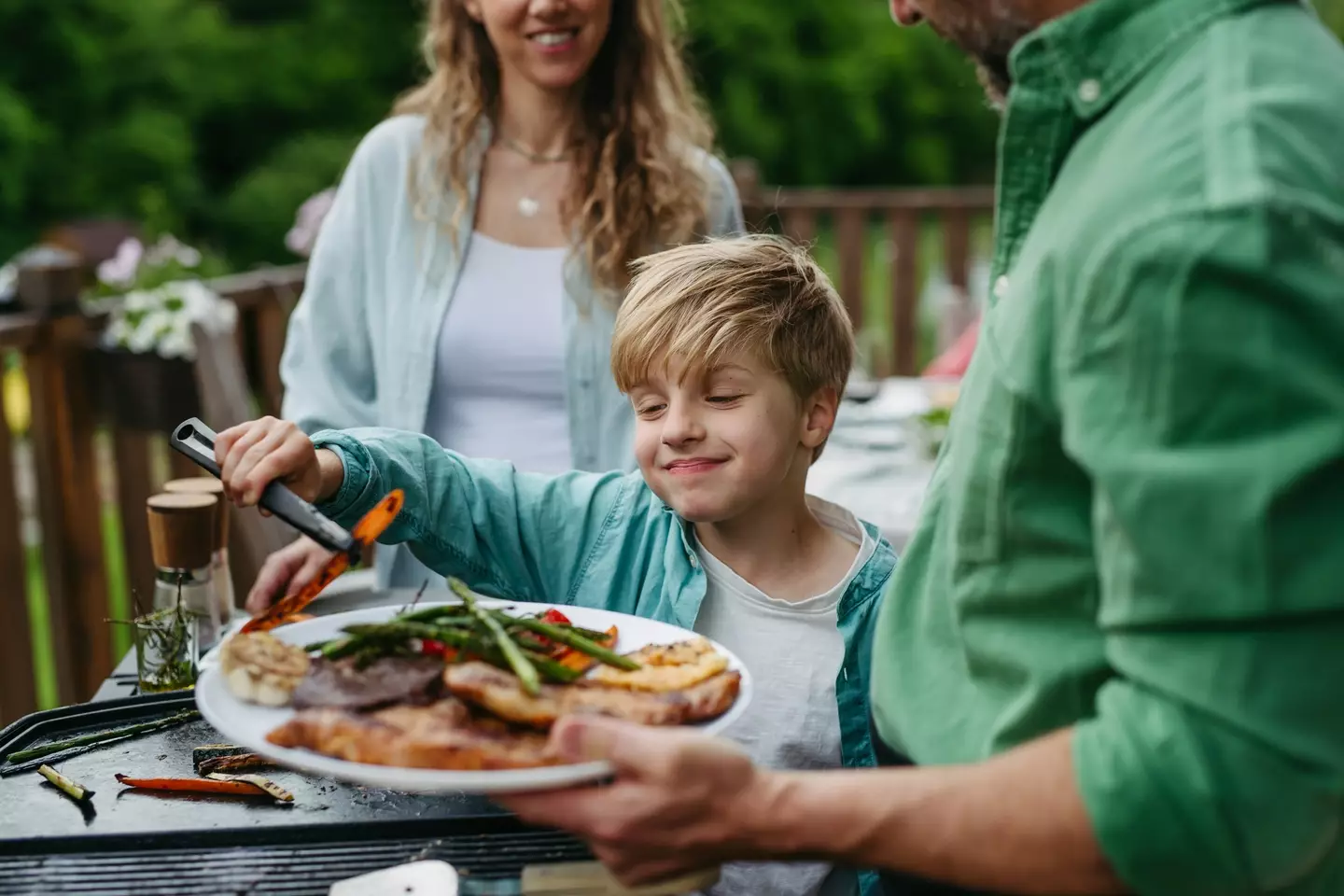If you’ve never had food poisoning before, at least not knowingly, then you needn’t feel any FOMO. Mild cases of it can have you on and off the toilet like a kangaroo trapped in a bouncy castle, but in severe cases it can even prove fatal.
It’s typically caused by foodborne bacteria like salmonella, E. coli and listeria, the ingestion of which can put your body in purge mode. Along with diarrhoea, nausea, stomach cramps, and vomiting, food poisoning can quickly dehydrate you and make matters worse.

In severe cases it can cause internal bleeding giving rise to blood in your stools, and the dehydration can cause nasty headaches, muscle cramps, intense thirst, dark urine, confusion, dizziness and more besides.
Advert
While most food poisoning cases clear up within a week with rest and regular hydration, you should see a doctor if you experience any of the above symptoms of a severe case or if symptoms last for more than a few days.
You can minimise your risk of developing food poisoning by regularly washing your hands, avoiding cross-contamination in the kitchen (particularly between raw meat and other ingredients), sterilising surfaces before and after cooking, and thoroughly rinsing fruits and vegetables before eating them or using them in a dish.
Unfortunately, even the most bio-secure of us aren’t immune to the occasional slip-up or the inadvertent mistake of a loved one whilst whipping up your dinner. In the summer, the risk is particularly high.
According to Dr Julie Parsonnet at Stanford University, per Health, the risk of contracting food poisoning is around 10 times higher between July and September, and there are a few key reasons why.
Advert
For one, bacteria generally like warm environments, and in the northern hemisphere you can of course expect heightened temperatures through the summer months.
In warm conditions, bacteria multiply more easily, and heightened humidity can make matters worse, Dr Bryan Quoc Le told Health.
Along with better conditions for bacteria, we tend to adopt riskier cooking habits in the summer. That is, we’re considerably more likely to put a barbecue on than we are through the winter, for obvious reasons.
“There are many things that we can control to prevent foodborne illness, and we just need to be more diligent and attentive during summertime activities,” Quoc Le added.
Advert
First, if you’re at a barbecue – or indeed eating any cooked food – it’s important to make sure it’s properly cooked. Meat should have an internal temperature of at least 70°C, although this can vary by 10 degrees on either side depending on the meat in question. It’s best to have a quick Google if you’re unsure of the ideal temperature for your pork, fish, or chicken cut, but 70°C is a typical figure given.
Next, be wary of leaving food on the side or out in the sun during barbecues and picnics. The so-called ‘danger zone’ - 8°C to 63°C (46°F to 145°F) - describes ideal bacteria growth temperature conditions, and it doesn’t take long for food to enter that range when it’s outside the fridge or left out as part of a summertime buffet.

Finally, it’s important not to see the summertime as a reason to pare back your hygiene practices. When the sun’s out and all you want to do is get back to enjoying the bon temps, it’s all too easy to cut corners with hand washing, adequate food prep and more. Don’t fall to that temptation: after all, it’s hard to enjoy the sun if your cheeks have got the calendar booked out with porcelain appointments.

